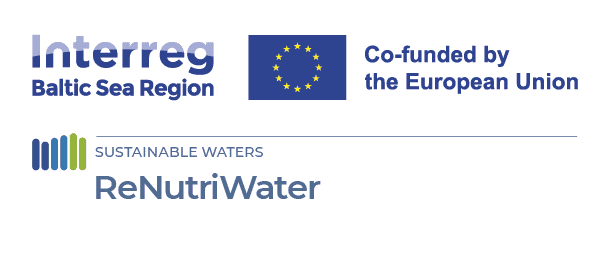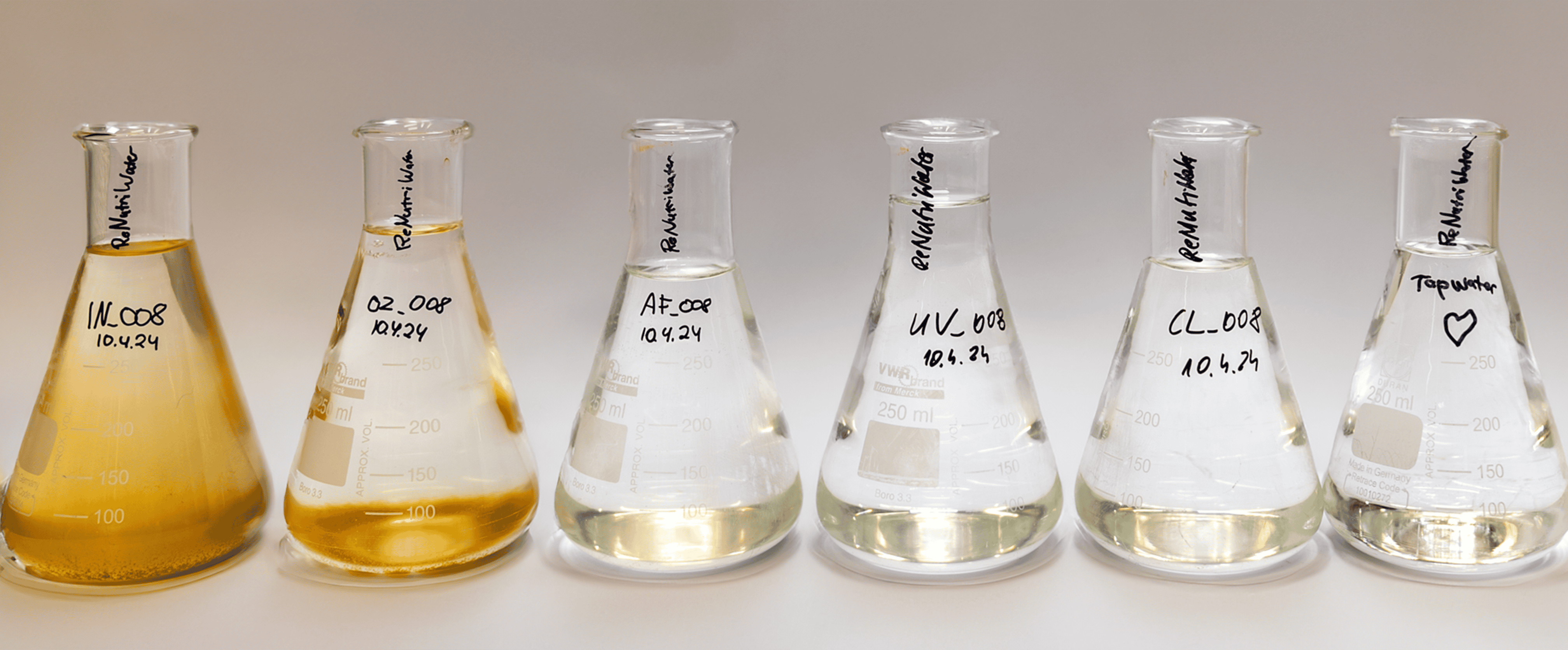
Methods and challenges: How to reclaim water from wastewater?
13 September 2024
To achieve the goals of the project, activities have been divided into three pilots, each testing the feasibility of reclaiming water and putting it to use. Pilot 1 focuses on testing different disinfection methods on wastewater to reclaim it for use. Pilot 2 involves further testing to achieve the desired nutrient composition and concentration in the reclaimed water for the irrigation of urban greenery. This summer, Pilot 3 launched small-scale greenhouse trials, where reclaimed water is used for irrigation of crops. Having reached halfway through the project financing period, ReNutriWater has achieved initial results from pilot activities involving disinfection methods and fit-for-purpose water composition.
Savonia University of Applied Sciences is conducting activities in all three pilots, with encouraging results from the disinfection process. At Savonia, the water reclamation process consists of 5 stages: ozonation, active carbon filtration, string filtration, UV treatment, and chlorination. The wastewater entering this process has already been treated at a treatment facility, so these five steps are additional measures to transform the treated wastewater into reclaimed water. The tests highlight the effectiveness of the treatment and disinfection method, but they also demonstrate the importance of the initial quality of the wastewater.
Wastewater in different parts of the Baltic Sea Region is composed from different sources. They consist mainly of human excreta and water used in households, and sometimes industrial wastewater. A key challenge for ReNutriWater is finding disinfection methods that work on a myriad of differently composed wastewater.
In the title picture, you can observe the changes in the water once it has been through the treatment process. The clarity, also known as turbidity, is a critical factor in reclaiming water. If clarity cannot be sufficiently improved, the effectiveness of the disinfection methods is reduced. Technically, disinfection methods are most effective when turbidity is below 1 NTU (Nephelometric Turbidity Units). At the Warsaw University of Technology, researchers have particularly investigated this and identified four methods that help achieve the desired turbidity threshold. These piloting activities have resulted in the identification of multiple methods to address the challenges of treating wastewater from different sources.
These piloting activities will result in data on available and efficient methods, which will be shared with target groups. Also, later in the project, we will develop a tool to help stakeholders choose the right technology for recovering water from wastewater.






